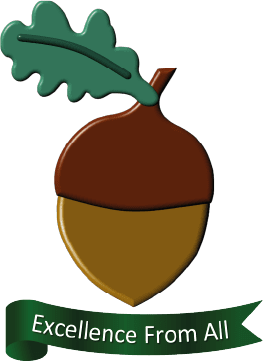Design and Technology Subject Leader: Mr Boreham
Design & Technology prepares pupils to deal with the ever-changing world. We aim to combine practical skills with knowledge and understanding; to provide opportunities for children to develop their capability through a variety of life skills including cooking, nutrition, design and making.
Intent
Design and Technology is an inspiring, rigorous and practical subjects. Design and Technology encourage children to learn to think and intervene creatively to solve problems both as individuals and as members of a team. At Cliffe Woods Primary School, we encourage children to use their creativity and imagination, to design and make products that solve real and relevant problems within a variety of contexts, considering their own and others’ needs, wants and values. We aim to, wherever possible, link work to other disciplines such as mathematics, science, the humanities, computing and art. The children are also given opportunities to reflect upon and evaluate past and present design technology, its uses and its effectiveness and are encouraged to become innovators and risk-takers.
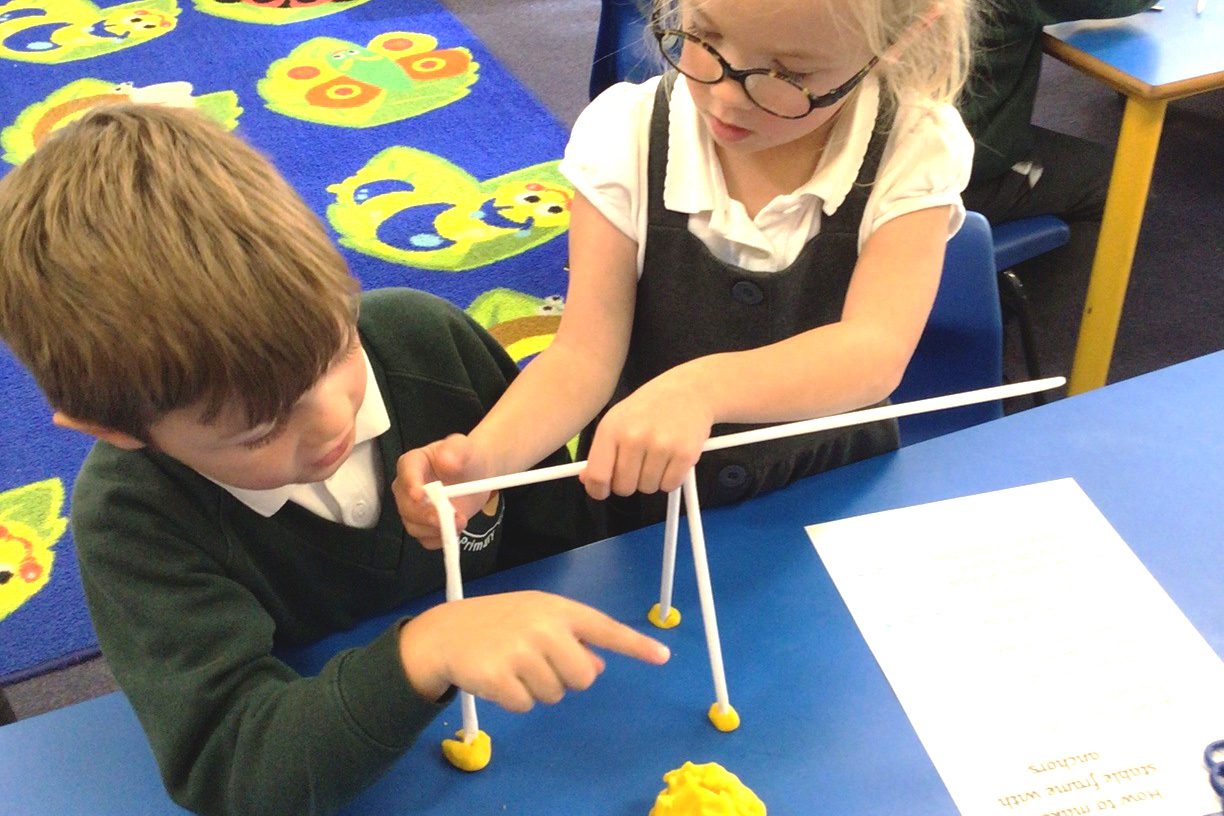
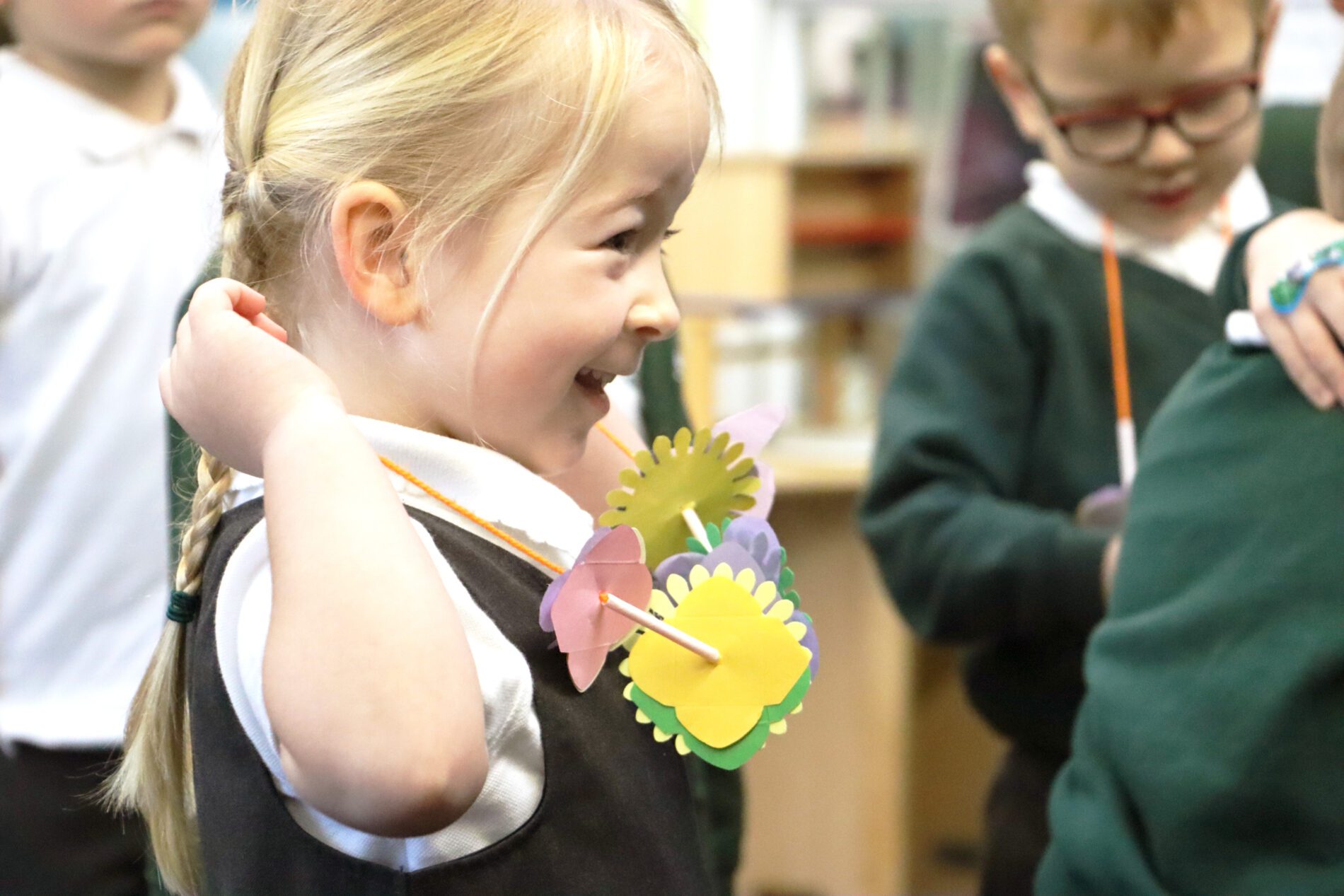
Implementation
Starting from Foundation Stage, we teach the knowledge, understanding, and skills needed to engage in an iterative process of designing and making through a variety of creative and practical activities. The children work in a range of relevant contexts (for example home, school, leisure, culture, industry, and the wider environment).
When designing and making, the children are taught to Design, Plan, and Evaluate, as well as a range of Technical knowledge to assist in their understanding of how the world works.
Key skills and key knowledge for DT have been mapped across the school to ensure progression between year groups. This also ensures that there is a context for the children’s work in Design and Technology; that they learn about real-life structures and the purpose of specific examples, as well as develop their skills throughout the program of study. Design and technology lessons are also taught as a mixture of block work (so that children’s learning is focused throughout each unit of work.) and weekly lessons.
Impact
We ensure the children:
- develop the creative, technical and practical expertise needed to perform everyday tasks confidently and to participate successfully in an increasingly technological world
- build and apply a repertoire of knowledge, understanding and skills in order to design and make high-quality prototypes and products for a wide range of users and critique, evaluate and test their ideas and products and the work of others
- understand and apply the principles of nutrition and learn how to cook.
Children will design and make a range of products. A good quality finish will be expected in all designs and activities made appropriate to the age and ability of the child Children learn how to take risks, becoming resourceful, innovative, enterprising and capable citizens. Through the evaluation of past and present design and technology, they develop a critical understanding of its impact on daily life and the wider world. High-quality design and technology education makes an essential contribution to the creativity, culture, wealth and well-being of the nation.
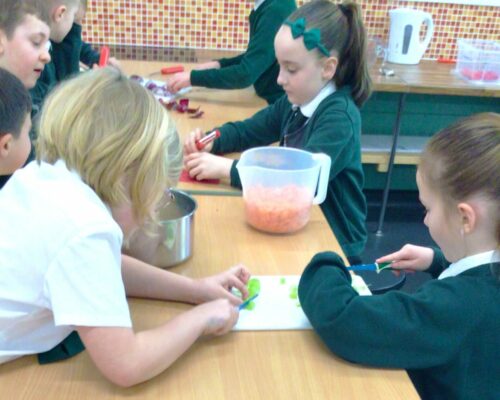
Design and Tehnology in Each Stage
Children have daily access to a wide range of resources within child-initiated sessions enabling them to design and construct. These include small and large construction resources, junk modeling, wheels and axles, nuts, bolts, paper, card, scissors, glue and Sellotape.
EYFS staff will teach and model specific skills and techniques when engaging with children who are exploring a range of media and materials. Children will have the opportunity to think about what they want to make, problem-solve, reflect and refine their ideas.
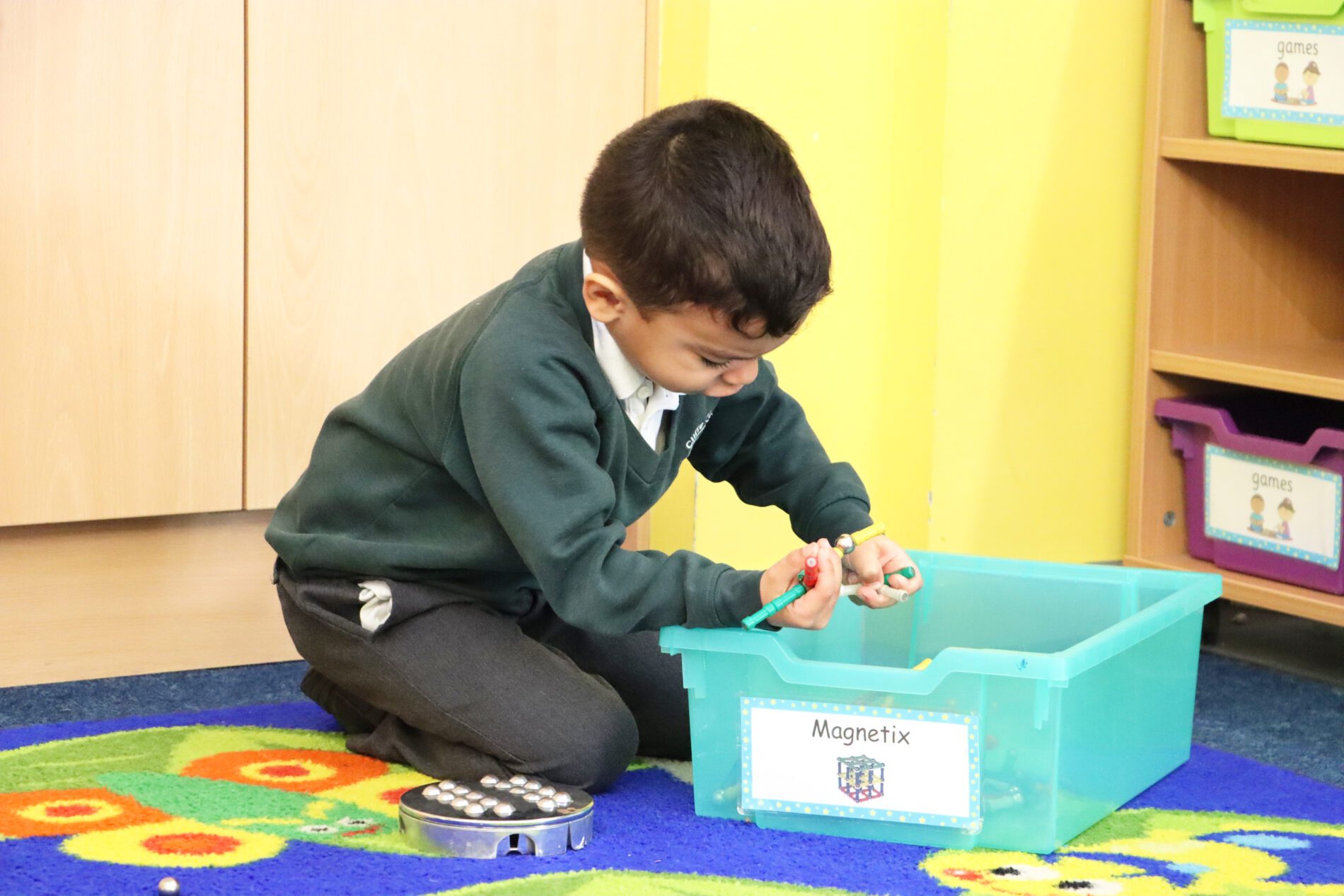
When designing and making, KS1 pupils will be taught to:
Design
- design purposeful, functional, appealing products for themselves and other users based on design criteria.
- generate develop, model and communicate their ideas through talking, drawing, templates, mock-ups and, where appropriate, information and communication technology.
Make
- select from and use a range of tools and equipment to perform practical tasks such as cutting, shaping, joining and finishing.
- select from and use a wide range of materials and components, including construction materials, textiles and ingredients, according to their characteristics.
Evaluate
- explore and evaluate a range of existing products.
- evaluate their ideas and products against design criteria.
Technical knowledge
- build structures, exploring how they can be made stronger, stiffer and more stable.
- explore and use mechanisms, such as levers, sliders, wheels and axles, in their products.
Cooking and nutrition
- use the basic principles of a healthy and varied diet to prepare dishes.
- understand where food comes from.

Throughout KS2, when designing and making, pupils should be taught to:
Design
- use research and develop design criteria to inform the design of innovative, functional, appealing products that are fit for purpose, aimed at particular individuals or groups.
- generate, develop, model and communicate their ideas through discussion, annotated sketches, cross-sectional and exploded diagrams, prototypes, pattern pieces and computer-aided design.
Make
- select from and use a wider range of tools and equipment to perform practical tasks, such as cutting, shaping, joining, and finishing, accurately.
- select from and use a wider range of materials and components, including construction materials, textiles, and ingredients, according to their functional properties and aesthetic qualities.
Evaluate
- investigate and analyse a range of existing products.
- evaluate their ideas and products against their own design criteria and consider the views of others to improve their work.
- understand how key events and individuals in design and technology have helped shape the world
Technical knowledge
- apply their understanding of how to strengthen, stiffen and reinforce more complex structures.
- understand and use mechanical systems in their products, such as gears, pulleys, cams, levers and linkages.
- understand and use electrical systems in their products, such as series circuits incorporating switches, bulbs, buzzers and motors.
- apply their understanding of computing to programme, monitor and control their products.
Cooking and nutrition
- understand and apply the principles of a healthy and varied diet.
- prepare and cook a variety of predominantly savoury dishes using a range of cooking techniques.
- understand seasonality and know where and how a variety of ingredients are grown, reared, caught an
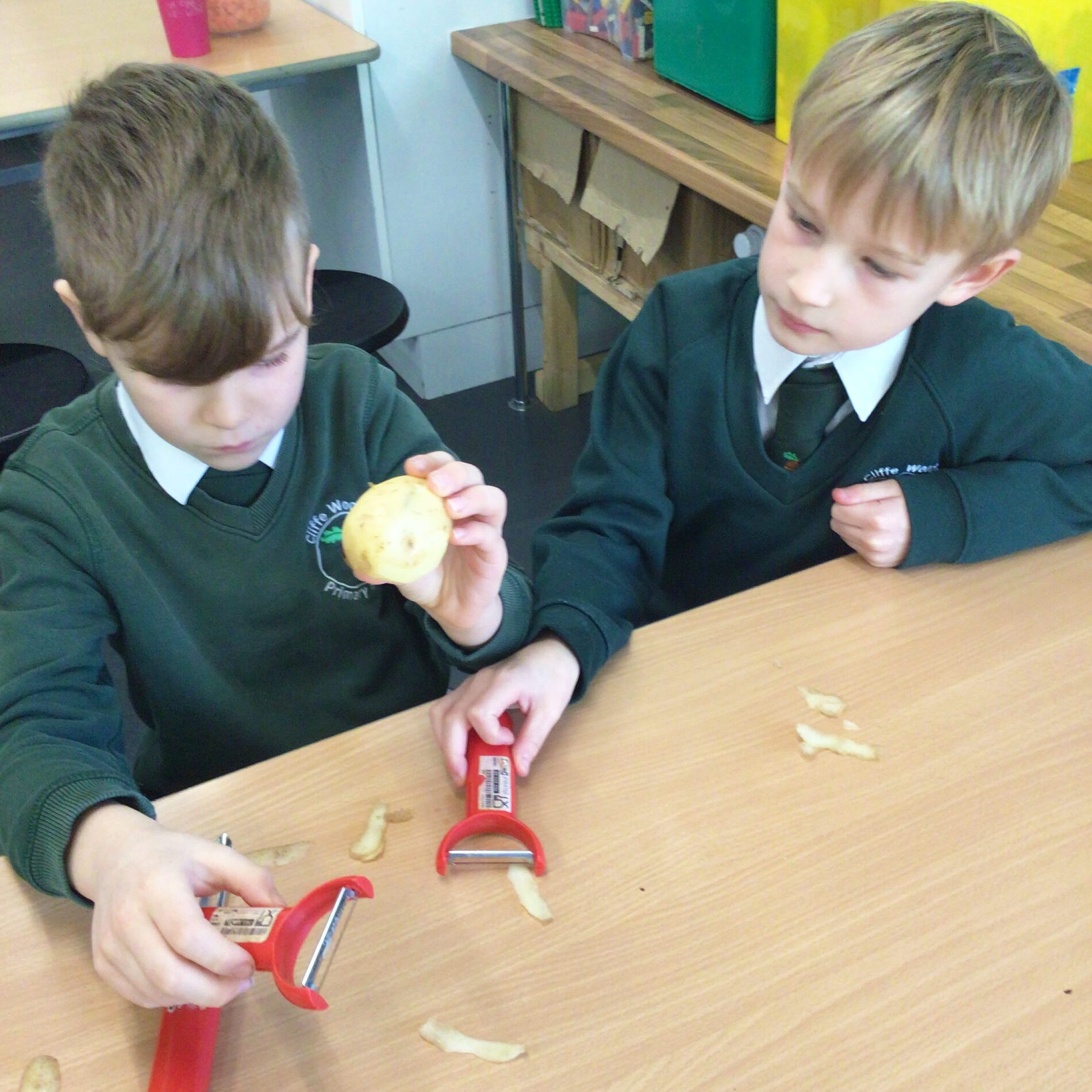
Design and Technology Progression
At Cliffe Woods, we expand our pupil’s Design and Technology knowledge through essential skills; increasing their depth of understanding year after year. The use of ‘ end of year expectations ‘ to monitor pupils’ progress, allows adaptations and further support where required, to provide a strong Design and Technology education.
SEND Information
Our SEND and disadvantaged pupils are given the necessary support in class to fully access the supported DT curriculum. Learning is adapted where necessary to support SEND/EAL pupils to give equal opportunities for all to be confident in approaching any problems faced. Interventions, support and challenges are constantly revised and adapted to ensure all children are supported in achieving learning. The above areas are robustly and continuously monitored to ensure any gaps in learning are addressed.
